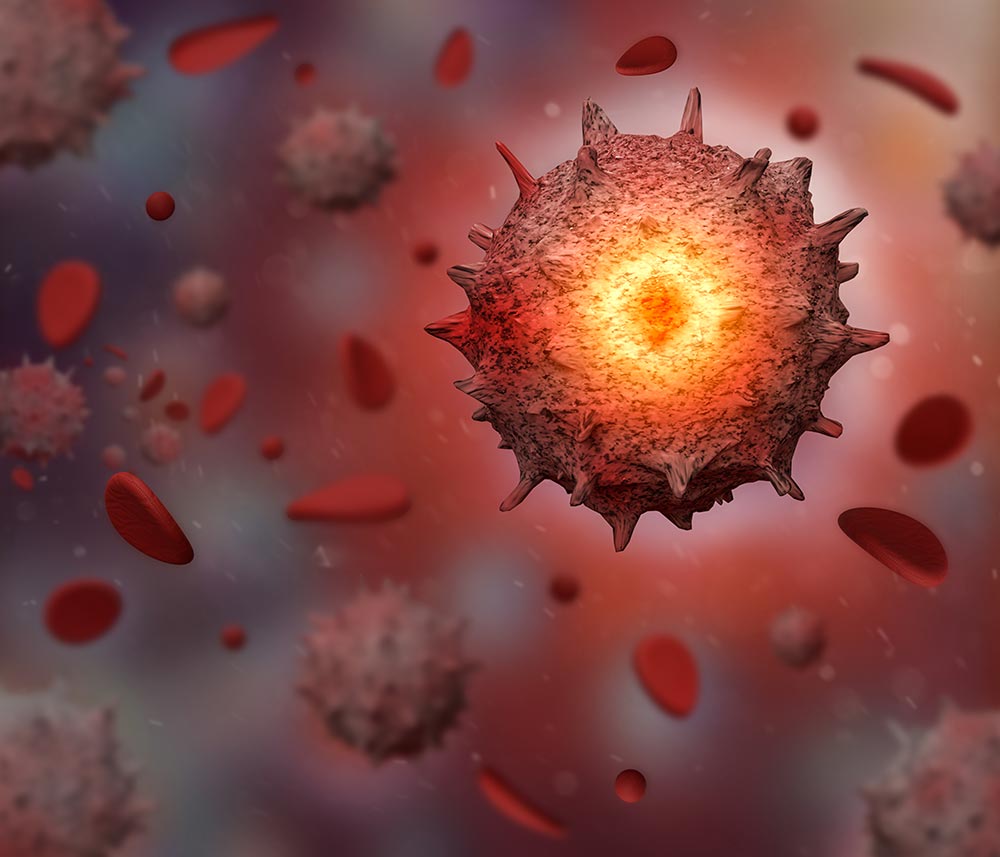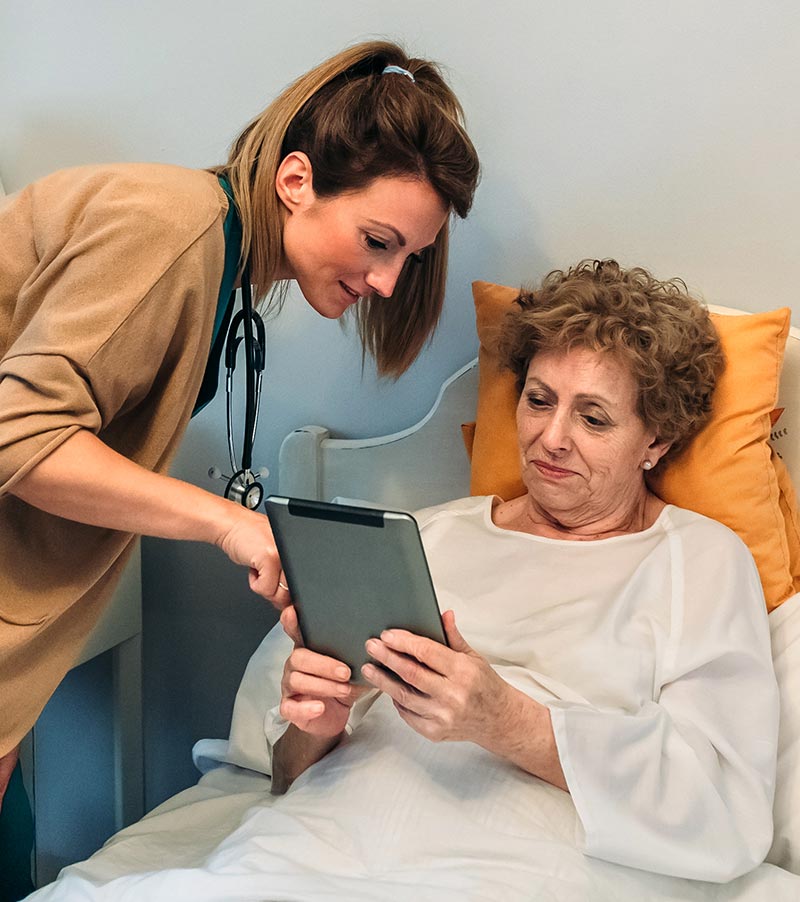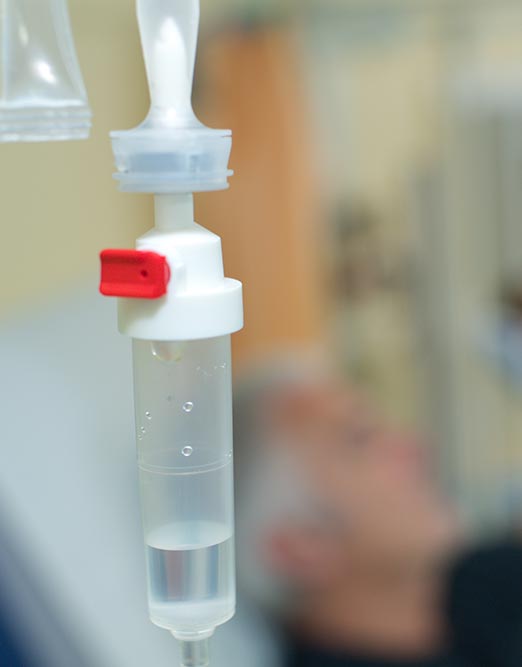Antibiotic Resistant Blood Stream Infections (BSI)
Blood stream infections (BSI) are when infectious microorganism (bacteria, viruses or fungi) enter the body and circulate into the blood stream causing major illness and sometimes even death. They require immediate treatment with anti-infective medication.
When infectious bacteria circulate around your body in your blood, and multiply, they are a major cause of illness and sometimes death. They are sometimes referred to as bacteraemia. BSI commonly occur as a result of infection in a particular part of the body e.g. leg wound, resistant skin infections such cellulitis, urinary tract infections or chest infection, and if not treated effectively or quickly can lead to the patient developing septicaemia.
Septicaemia is when a bacterial infection elsewhere in the body, such as the lungs or skin, enters the bloodstream. This is dangerous because the bacteria and their toxins can be carried through the bloodstream to your entire body causing organs to shut down leading to septic shock and even sepsis. Sepsis is the body’s overwhelming and life-threatening response to infection and can lead to tissue damage, organ failure or even death.

Who usually contracts BSI?

Although anyone can get BSI, there are certain groups of people who are more vulnerable to getting blood stream infections:
- People with a weakened immune system
- Young babies
- Older people
- People with pre-existing medical conditions e.g. diabetes, cancer, lung disease, kidney disease
- People who have had invasive surgery
- People who may have wounds or burns.
There are two main ways of contracting BSI: Infections that occur in a community setting (i.e. at home) or in a healthcare setting (i.e. hospital or nursing home). These infections lead to bacteraemia which can cause patients to become unwell very quickly if untreated.
Patients with bloodstream infections are often very vulnerable, and extremely dependent on early detection and appropriate treatment to deal with the infection effectively.
You can read about Vicki’s experience here
What are the main infections that can cause BSI?
Common sites and types of infection that can lead to BSI include:
- The abdomen: an infection of the appendix (appendicitis), bowel problems, infection of the abdominal cavity (peritonitis), and gallbladder or liver infections.
- The central nervous system: infections of the brain or the spinal cord.
- The lungs: infections such as pneumonia.
- The skin: bacteria can enter skin through wounds or skin inflammation, or through the openings made with intravenous (IV) catheters (tubes inserted into the body to give or drain fluids). Conditions such as cellulitis (inflammation of the skin’s connective tissue) can also cause sepsis.
- The urinary tract (kidneys or bladder): Urinary tract infections are more likely if the patient has a urinary catheter to drain urine.
Read about Nina’s experience with gall bladder surgery

What antibiotics are usually used in treating BSI?

Early and appropriate antibiotic therapy is really important for patients with BSI. Initial treatment will be based on the most likely pathogen causing the infection in that particular part of the body. This is known as empirical treatment and often involves using broad spectrum antibiotics which are able to treat a range of pathogens.
Second line treatment (the next choice of treatment) is often chosen after doctors take a culture of the infecting organisms (that means take samples to grow the bugs in the laboratory). Then they work out from those laboratory tests exactly which antibiotic(s) it will respond to, plus the best route and dose (for example, intravenous therapy rather than oral). Importantly, antibiotic treatment should be started as early as possible. Some patients will also require additional measures such as clearing debris out of infected wounds, or removal of devices that are causing the infection to continue on.
It is more difficult to know exactly what antibiotics to start treatment with, especially in those seriously ill patients admitted to intensive care units (ICU). Antibiotics are often chosen based on both guideline recommendations plus knowledge of local infection and resistance patterns.
Will patients usually make a full recovery?
Many patients will make a reasonable or good recovery. However, sepsis is responsible for approximately 52,000 deaths per year in the UK, and often there can be on-going issues from sepsis after the infection is treated. You can find out more about post-sepsis issues and support from the UK Sepsis Trust.
Patient Stories
Hear real life stories from patients that have suffered with antibiotic resistant UTIs.
Disclaimer: Any medical information referred to in or through our website is given for information purposes only and is not intended: to constitute professional advice for medical diagnosis or treatment; to replace consultation with a qualified medical practitioner; to advocate or recommend the purchase of any product; or to endorse or guarantee the credentials or appropriateness of any health care provider. You are strongly advised to consult with an appropriate professional for specific advice tailored to your situation. Instead, information provided on our website is intended to provide helpful signposting towards further information and support and to provide an opportunity for you to simply share and discuss matters relating to antibiotic resistance with our Patient Support Officer.


